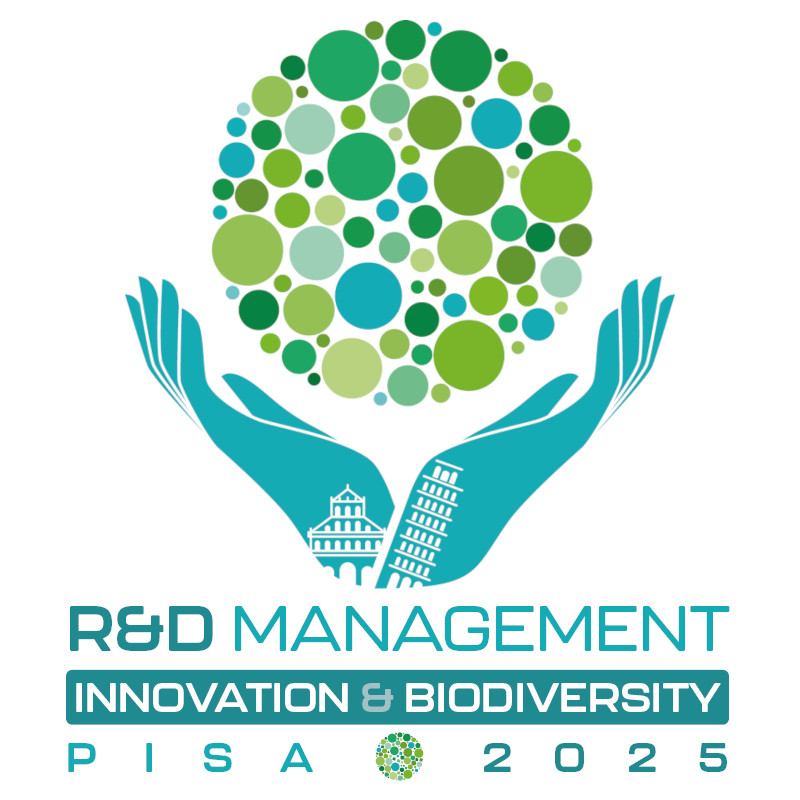Virtually every Nobel Prize winner is a polymathic in some way, research by Robert and Michelle Root-Bernstein found when researching the impact of the arts on creative thinking.
The research revealed that while twenty percent of scientists in general have a highly developed music avocation – this rises to fifty percent of Nobel Prize winners and closer to ninety percent of mathematicians. The research doesn’t suggest that studying music will make you a better scientist, but it does reveal much about the shared aptitude for recognising patterns and polyrhythms.
The Root-Bernsteins conclude that bringing together different skills and disciplines stimulates creativity.

Art thinking for innovation
For their book ‘Sparks of Genius’ they analysed the creative processes of scientists and artists and found some strange coincidences that they didn’t expect: “Everyone was using body thinking,” Robert Root-Bernstein explains. “They’re observing, and they’re abstracting out of their own observations various patterns. And from those patterns, they’re extrapolating to other patterns, and they’re making analogies between these patterns, trying to see connections.
“The scientists were talking about taking the whole system inside their body and imagining themselves as part of that system or how they would feel if they were a part of it. Something, clearly, that musicians do all the time, artists do all the time, but not something we had expected from the scientists.”
Robert argues in an interview with MTF Labs that the skills that the arts are teaching – the ability to draw a blueprint, the ability to visualise a three-dimensional invention – all these things are not being taught in the typical engineering or science courses. And what they found was the scientists and inventors and engineers who could do these things almost all had art training of some kind.
He concludes that innovation will not only benefit from putting art back in, but it’s also about “putting human beings in at the centre.”
Art thinking is one of the subjects to be discussed in Track 7 of this year’s R&D Management Conference 2025.
R&D Management Conference 2025 Track 7: People, creativity and innovation
7.1 Innovation and technologies at the service of Sustainable Development: how are complying Cultural and Creative Industries?
7.2 The Art of Innovation – How Art Thinking can Boost Innovation Performance
7.3 Fail it till you make it: Learning from failure and innovative activities
7.4 Women as catalysts for eco-innovation
7.5 Multi-Echelon Perspectives on Leadership for Innovation
7.6 Towards Sustainable Futures: The Interplay of Innovation, Gender, and Biodiversity
7.7 Emotional, personality, and creative factors in researcher well-being and societal impact
Background reading
Azagra-Caro & Pavone, 2024. The effect of scientific impact on science communication through art from the lens of deviance theories
Root-Bernstein & Root-Bernstein, 2022 Sparks of Genius: The Thirteen Thinking Tools of the World’s Most Creative People
Hernando-Jorge et al., 2024 Personality and emotional intelligence of researchers: The importance of affects
Garcia Sanchez et al., 2023 Energy transition disclosures and female directors: Do gender egalitarian societies matter?
Ahuja & Lampert, 2001 Entrepreneurship in the Large Corporation: A Longitudinal Study of How Established Firms Create Breakthrough Inventions
Carlucci and Schiuma, 2018 The power of the arts in business
Amitrano and Segre, 2023 Innovation and technologies at the service of Sustainable Development: how are complying Cultural and Creative Industries?

R&D Management Conference 2025:
Innovation & Biodiversity
Institute of Management of Scuola Superiore Sant’Anna, Pisa
30 June – 2 July 2025

